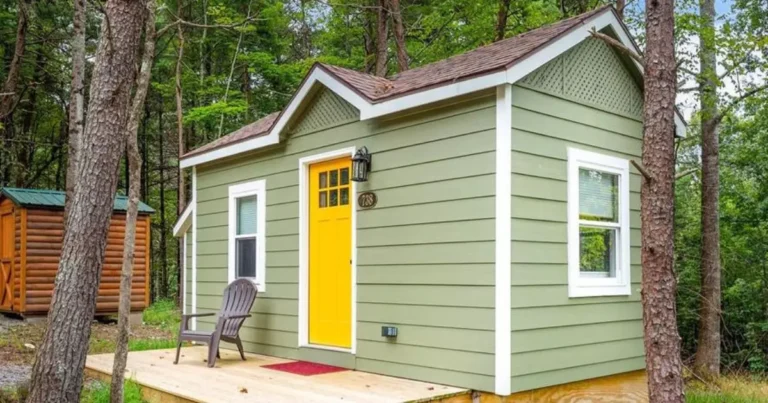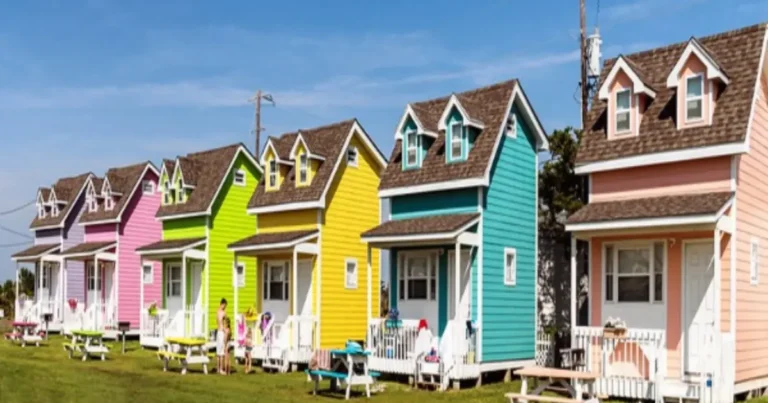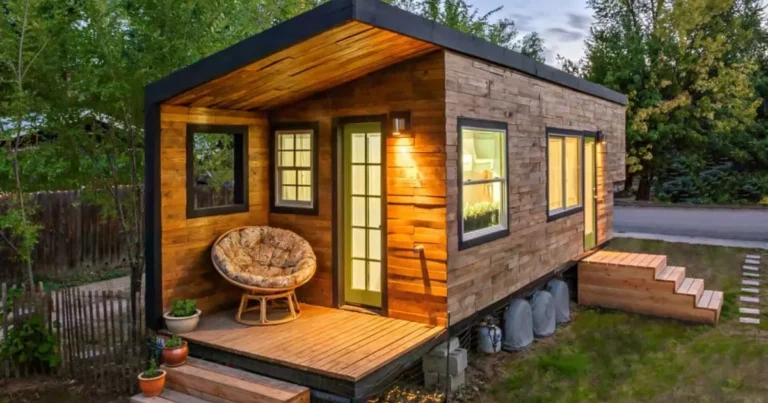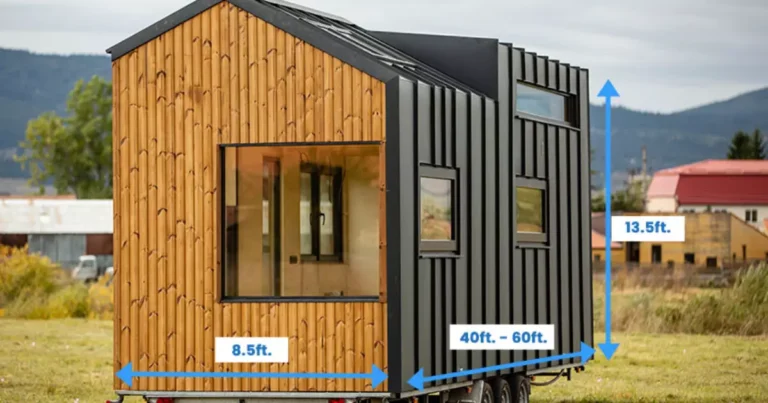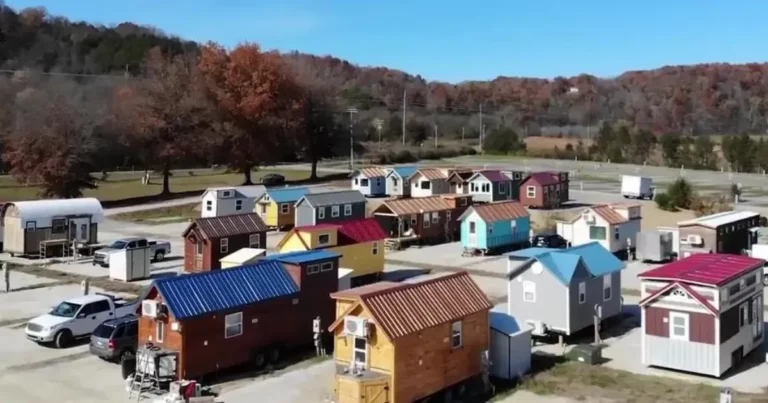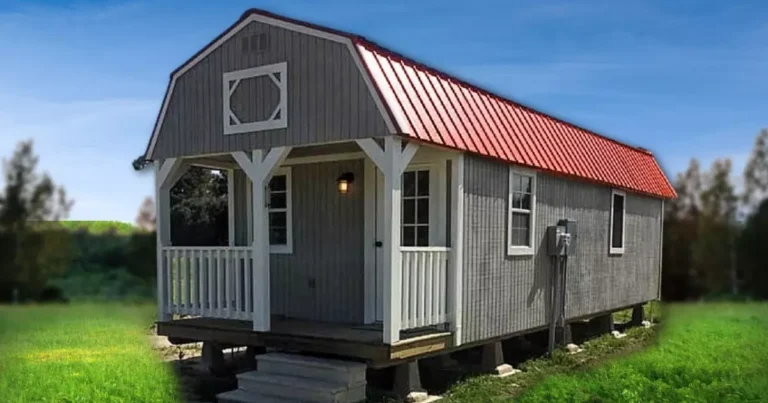How to Build a Tiny House in Your Backyard? Steps & Guide
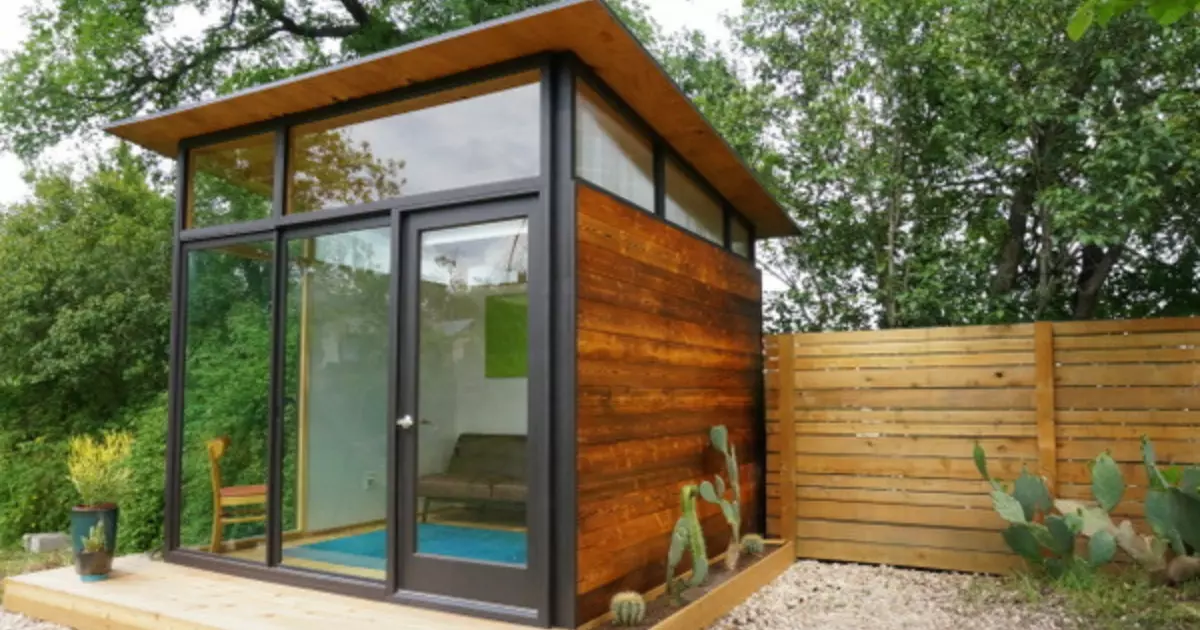
Have you ever dreamed of having a cozy and functional space right in your backyard? Building a tiny house might be the perfect solution! Whether you want a guesthouse, a home office, or just a retreat, a tiny house can be a wonderful addition to your property. In this article, we’ll guide you through the process of building your very own tiny house step by step.
1. Choosing the Right Location
Selecting the perfect spot for your tiny house is crucial. Consider factors such as sunlight, accessibility, and proximity to utilities. Make sure you comply with local zoning regulations and property lines.
2. Designing Your Tiny House
Plan the layout and features of your tiny house. Maximize the use of space by incorporating multi-functional furniture and storage solutions. Think about your needs and preferences when creating the design.
3. Obtaining Permits and Regulations
Check with your local authorities to understand the necessary permits and regulations for building a tiny house. Some areas might have restrictions on size, height, or usage.
4. Gathering Necessary Tools and Materials
Compile a list of tools and materials needed for construction. This includes lumber, nails, insulation, plumbing supplies, and electrical components.
5. Foundation and Flooring
Prepare the foundation, which could be a concrete slab or piers. Frame the flooring and install the subfloor, ensuring it’s level and stable.
6. Framing the Structure
Build the walls, roof, and loft if you’re including one. Proper framing is essential to the structural integrity of your tiny house.
7. Installing Plumbing and Electrical Systems
Lay down plumbing pipes for water supply and drainage. Similarly, install electrical wiring and outlets following safety codes and guidelines.
8. Insulation and Ventilation
Insulate your tiny house to regulate temperature and reduce energy consumption. Incorporate ventilation to ensure proper air circulation.
9. Interior Setup and Design
Furnish and decorate the interior according to your design. Choose space-saving furniture and create a layout that makes the most of your available area.
10. Exterior Finishing
Apply siding, roofing, and paint to the exterior. This is not only important for aesthetics but also for protecting your tiny house from the elements.
11. Connecting Utilities
Hook up your tiny house to utilities such as water, electricity, and sewage systems. Ensure that connections are secure and compliant.
12. Final Inspections
Before moving in, schedule final inspections to make sure your tiny house meets safety and building standards.
13. Landscaping and Outdoor Space
Enhance the surroundings of your tiny house with landscaping. Create an outdoor area that complements your tiny house’s design and purpose.
14. Moving In and Enjoying Your Tiny House
Once everything is ready, it’s time to move in and start enjoying your new space. Personalize it with your belongings and relish the comfort and convenience of your tiny house.
Frequently Asked Questions
Is it legal to build a tiny house in my backyard?
Before you start, check local zoning laws and regulations to ensure you comply with any restrictions.
How much does it cost to build a tiny house?
Costs vary based on size, materials, and location. On average, a DIY tiny house project can cost between $10,000 and $40,000.
Do I need a building permit for a tiny house?
Yes, most areas require building permits for any new structure, including tiny houses. Research local regulations for accurate information.
Can I connect my tiny house to existing utilities on my property?
Yes, you can connect to utilities such as water, electricity, and sewage, but you’ll need proper connections and possibly permits.
How long does it take to build a tiny house?
The construction time varies based on factors like complexity, your experience, and the availability of time and resources. It can take anywhere from a few weeks to several months.
Conclusion
Building a tiny house in your backyard is a rewarding journey that offers both practicality and creativity. By following this step-by-step guide, you can create a space that suits your needs, reflects your style, and provides an oasis right in your own property.
